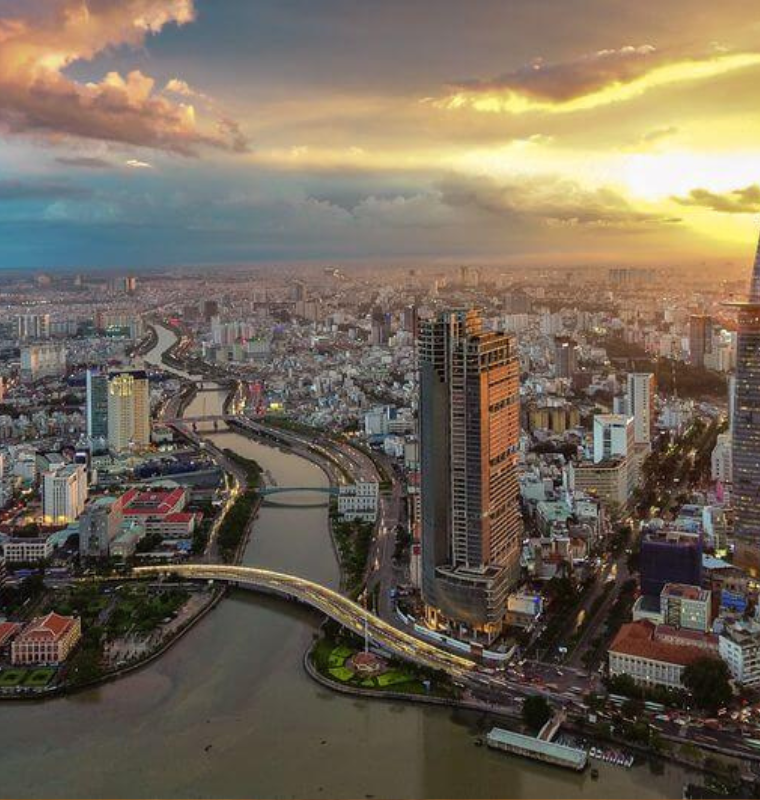Air Travel Disruptions Worsen as U.S. Airport Staffing Crisis Deepens
Air Travel Disruptions Worsen as U.S. Airport Staffing Crisis Deepens
By
Leah Rosenfeld
Last updated:
October 7, 2025
First Published:
October 7, 2025

Photo: FlightGlobal
Airports across the United States are facing mounting delays as staffing shortages continue to strain the Federal Aviation Administration (FAA) amid the ongoing government shutdown. On Monday, the FAA confirmed that major airports including Newark, Denver, Phoenix, Las Vegas, and Burbank were experiencing disruptions due to a lack of air traffic controllers and other essential staff — a situation expected to worsen if the shutdown persists.
Transportation Secretary Sean Duffy reported that air traffic staffing levels in some regions have plummeted by as much as 50% since the start of the shutdown last week. The problem has been compounded by a growing number of air traffic controllers calling in sick, reflecting the mounting financial and psychological toll on the workforce.
Currently, about 13,000 air traffic controllers and 50,000 Transportation Security Administration (TSA) officers are required to work without pay. Controllers are set to miss their first paycheck on October 14, and anxiety is spreading among those struggling to make ends meet.
According to flight-tracking service FlightAware, more than 4,000 U.S. flights were delayed on Monday alone. Denver International Airport saw 29% of arrivals delayed, while Newark and Las Vegas reported 19% and 15% respectively. Weather challenges added to the operational stress but the root cause remains the manpower shortfall.
Duffy and the president of the National Air Traffic Controllers Association addressed the growing crisis in a press conference at Newark Liberty International Airport, a key hub for United Airlines. Duffy acknowledged the immense pressure on staff, stating, “They’re asking themselves if they’ll ever get paid. Some are considering second jobs — driving Uber after exhausting shifts that already stretch them to their limits.”
The union representing air traffic controllers issued a stern reminder to members not to engage in any job-related protest actions, emphasizing that such behavior could lead to termination from federal service. “Now, more than ever, it’s vital that we uphold our duty and maintain the integrity of our profession,” the union urged in an internal message.
A Crisis Years in the Making
The staffing crisis isn’t new. The FAA has been operating below optimal levels for years, with an estimated shortfall of 3,500 controllers nationwide. Many current staff members are working mandatory overtime and six-day weeks to keep the system afloat. Even before the shutdown, the strain on the aviation network was showing, with reports of burnout and increased turnover among key personnel.
The current government shutdown, however, has exacerbated these long-standing issues. During the 35-day shutdown in 2019, absenteeism among controllers and TSA officers spiked, forcing the government to slow air traffic in New York’s congested airspace. The ripple effect led to public outcry and economic losses estimated in the billions.
Former House Speaker Nancy Pelosi had warned then that the crisis was “pushing our airspace to the breaking point.” Now, five years later, the situation appears dangerously close to repeating history.
Political Standoff and Economic Fallout
The standoff in Washington continues to cripple critical government functions. President Donald Trump has positioned transportation funding at the center of his fiscal battle with Democrats, freezing more than $28 billion in aid intended for climate initiatives, subway systems, and mass transit projects in states such as New York and Illinois.
As a result, airports in Democratic-leaning regions — including Newark, one of the country’s busiest — have been among the hardest hit. The combination of unpaid workers and frozen infrastructure funding threatens to undermine the stability of the entire air transportation system.
Industry leaders have voiced growing concern. The trade association Airlines for America, which represents major carriers like Delta, United, American, and Southwest Airlines, has warned that the shutdown could significantly slow down operations and reduce efficiency across the network. “If staffing continues to decline, the system will have to slow down to preserve safety — but that will come at a cost to travelers and the economy,” the group said in a statement.
Travelers Brace for Prolonged Disruptions
With no immediate end in sight to the shutdown, passengers should expect longer wait times and more cancellations in the coming days. The FAA continues to assure the public that safety remains its top priority, but insiders acknowledge that prolonged understaffing will inevitably affect efficiency and reliability.
If absentee rates continue to rise, experts warn that flight delays could double by the end of the month, affecting not just domestic routes but also international connections. For an industry that contributes over $1.9 trillion annually to the U.S. economy, the ongoing paralysis threatens both travelers’ confidence and the country’s economic momentum.
For now, America’s skies remain safe — but increasingly strained. Unless Congress reaches a resolution soon, the nation’s air travel system could face one of its most severe operational challenges in decades.
Popular articles
Subscribe to unlock premium content
Emerging Economies That Will Lead Global Growth by 2035

How Bootstrapped Startups Achieve Unicorn Status Without External Funding

Why Consumers Buy Limited-Edition Fashion and Beauty Products

Emerging Economies That Will Lead Global Growth by 2035

How Bootstrapped Startups Achieve Unicorn Status Without External Funding

Emerging Economies That Will Lead Global Growth by 2035








.png)
